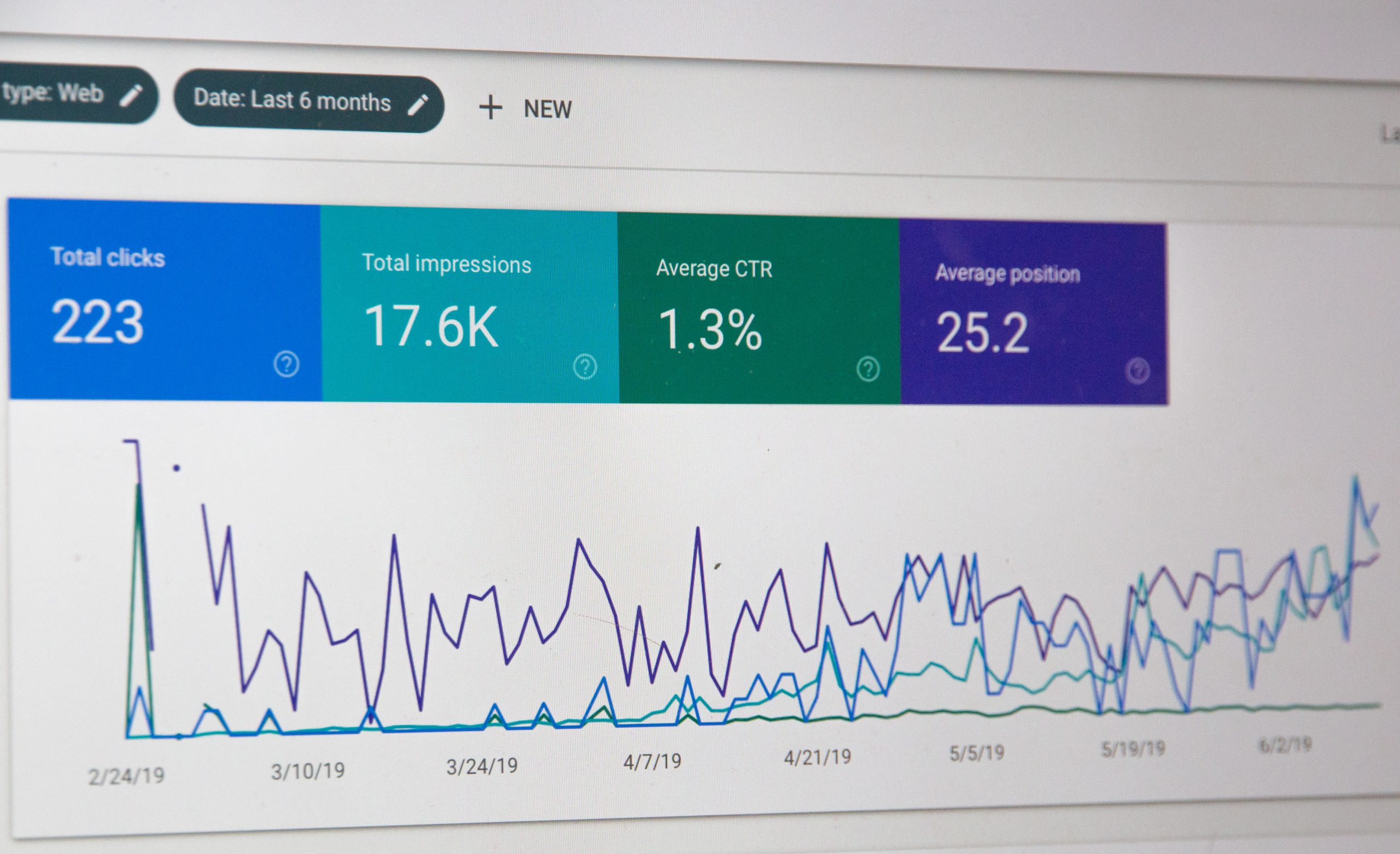
When executed well, dropshipping can be your gateway to ecommerce success. While it’s proven to be an effective and profitable means of selling online for many businesses, dropshipping in 2021 is also extremely competitive and full of pitfalls that many budding ecommerce entrepreneurs fall into.
The COVID-19 pandemic forced lots of us to stay in our homes, boosting online spending and sparking a permanent shift in buyer habits, making now the perfect time to invest in dropshipping.
The good news for those wanting to dropship is that getting set up is easier than ever. Just ask one of our experts for help, and you’ll be launching an ecommerce site quicker than ever. But the bad news is that because of how much more commonplace dropshipping has become, you’ll need a niche to stand out from the crowd.
Here’s our guide to some of the best industries to dropship in so that you can make money without having to incur the cost of holding stock.
Idea 1: Jewellery
The jewellery world has exploded into an ecommerce revolution. Where customers once needed to try rings and necklaces in a store, digital familiarity, lack of sales-person pressure, and ease of selection have meant buying jewellery online is now a preferred choice for many younger people.
In addition, trends have seen a decline in ‘luxury’ jewellery such as diamond rings and a rise in more affordable, everyday jewellery. This is where dropshipping becomes lucrative – as you won’t need to hold expensive stock and can easily source a wide range of designs and materials from global markets. Your site can offer a whole jewellery shop’s worth of choice without you ever having to stock a thing.
Better still, ecommerce capabilities allow you to give customers new experiences they won’t find in store. For example, you can leverage technologies like 3D visualisation and AR to show jewellery on fingers, write content marketing blogs such as matching a ring to a skin tone, or even create a bespoke customisation service if you agree on a system with your dropshipping partner.
Idea 2: Sports equipment
If lockdown taught us anything, it’s that people will go above and beyond for their fitness routines. From Zoom workout classes to the price of dumbbells skyrocketing, technology has helped fuel the growth and interest of fitness across the globe.
As an ecommerce business, why not invest in sports equipment? Ordinarily, sports gear requires a large facility for storage since many items are on the larger side – but if you find a dropshipping partner, you won’t need to worry about that. Instead, you can focus on providing quality products, great customer service, and even potentially creating your own bespoke lines of equipment if you’re already an expert in the niche.
For example, if you were a football enthusiast, you could have a freelance designer create a new brand that you knew there was a market for, then arrange for a dropshipping partner to create those products for you. For those with the drive and desire, dropshipping has made launching passion projects more achievable (and far less risky) than ever before.
Idea 3: Pet products
Britain is a nation of pet lovers. 51% of UK adults own a pet, with over 9.6 million pet dogs, 10.7 million pet cats and 900,000 pet rabbits in our country alone. The pandemic also caused a rise in pet ownership and spending on pets.
UK pet owners typically look to lavish their pets with treats and accessories – from the everyday necessities such as dog food and treats, all the way through to coats for winter walkies.
As a budding ecommerce entrepreneur, you could dropship pet supplies of all kinds. Suppose you focus on a specific area, such as pet clothing. In that case, you can refine your search for a dropship supplier – but you could also be ambitious and build relationships with multiple suppliers to offer food, treats, dog beds, pet clothing and more.
Idea 4: Health accessories
As discussed, the pandemic saw a meteoric rise in digital spending in all things fitness. In addition, people became more likely to invest in personal healthcare items online – with a massive surge in interest around electric and bamboo toothbrushes, massage guns, face masks, sleep gummies and vitamins.
This offers a few different dropshipping opportunities. You can either create a general health product site or focus on specific niches/needs such as sleep aids, dental hygiene, face masks and more.
Idea 5: Beauty & cosmetics
The best dropshipping products are those that facilitate impulse buying but have clear market demand. Beauty products are just that – with interest fuelled by YouTube make-up tutorials, traditional advertising, cultural values and even just a personal desire to look good.
Beauty is a versatile sector on which to base an ecommerce site – with a comprehensive suite of products you can choose to offer and market according to season. So, for example, you could prioritise dropshipping haircare and sunscreen in summer, then switch to serums and moisturisers in winter.
Our favourite dropshipping solutions
In the early days of dropshipping, an ecommerce business had to do all the work themselves. From enquiring with suppliers to arranging deals to managing the entire process, it was a daunting challenge.
Now, specialist dropshipping technology platforms have made it simple for new businesses to get set up and start selling. Zendrop, for example, makes finding products to sell simple with an online catalogue of over 1,000,000 products.
Spocket and eprolo also offer similar services – with a one-stop solution for dropshipping that allows you to integrate the product catalogue with a Shopify store. But, of course, you’ll need a great freelance Shopify developer to build a storefront that helps you stand out.
Tips on effective dropshipping
With all dropshipping businesses, remember that the only real way to differentiate yourself is through customer experiences. You are competing with other dropshippers and offering similar products at similar costs – so the things that can help you get ahead are:
- Having a well-designed website optimised for customer experiences
- Ensuring amazing, responsive customer service
- Listening to customer feedback and visibly responding to it with changes
- Investment in paid marketing such as PPC and Google Shopping
- Regular email newsletters that feature enticing discounts and genuine value to a reader
- Staying ahead of trends to beat other dropshipping businesses to key markets (think of the pandemic and face masks, for example.)
By picking the right niche and using one of the suggested dropshipping platforms above, you’re off to a good start. But if you really stand out in the market, enlist the help of our expert freelancers here at Flow. From a freelance Shopify developer to a paid marketing expert, get in touch today to find someone who can help you get ahead of the competition.







Recent Comments